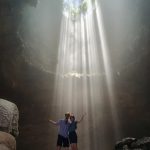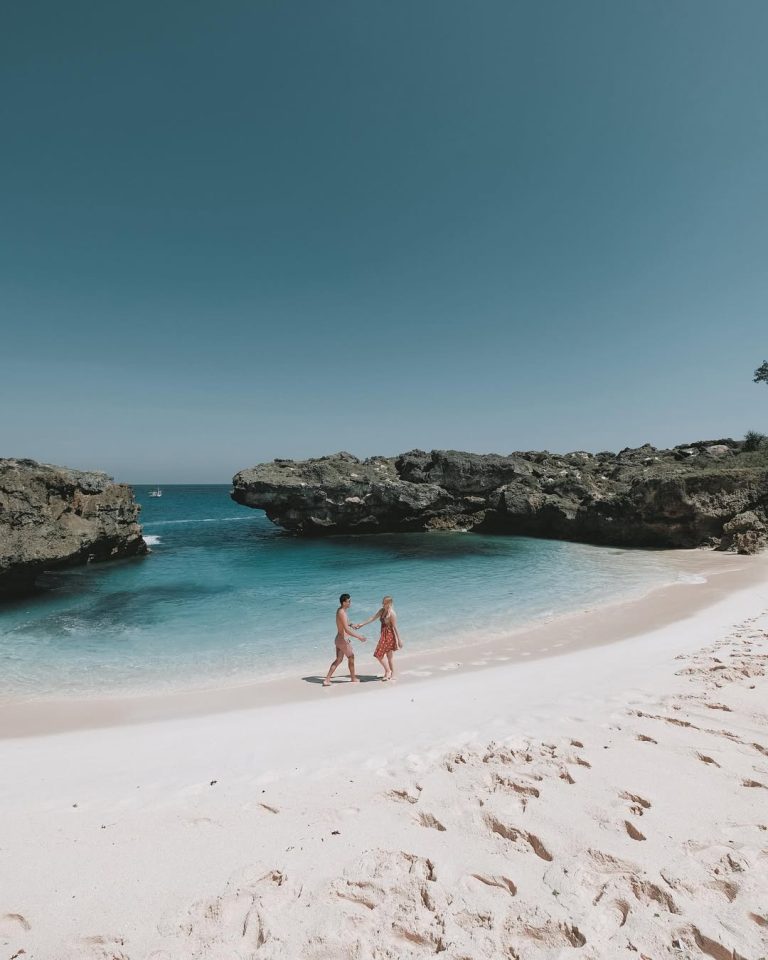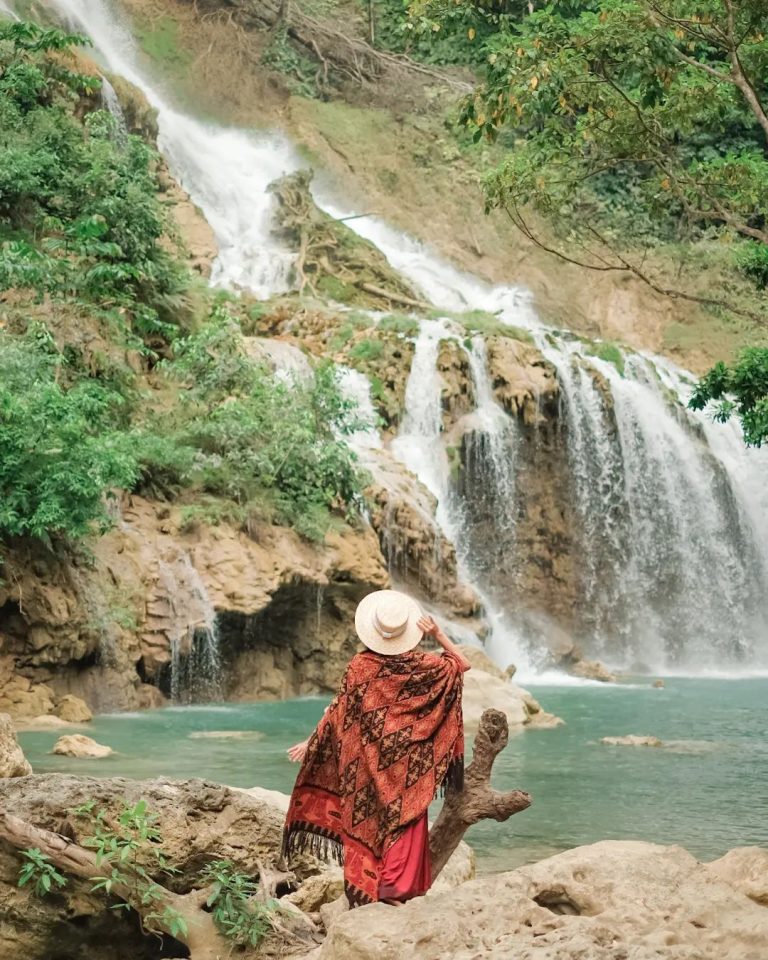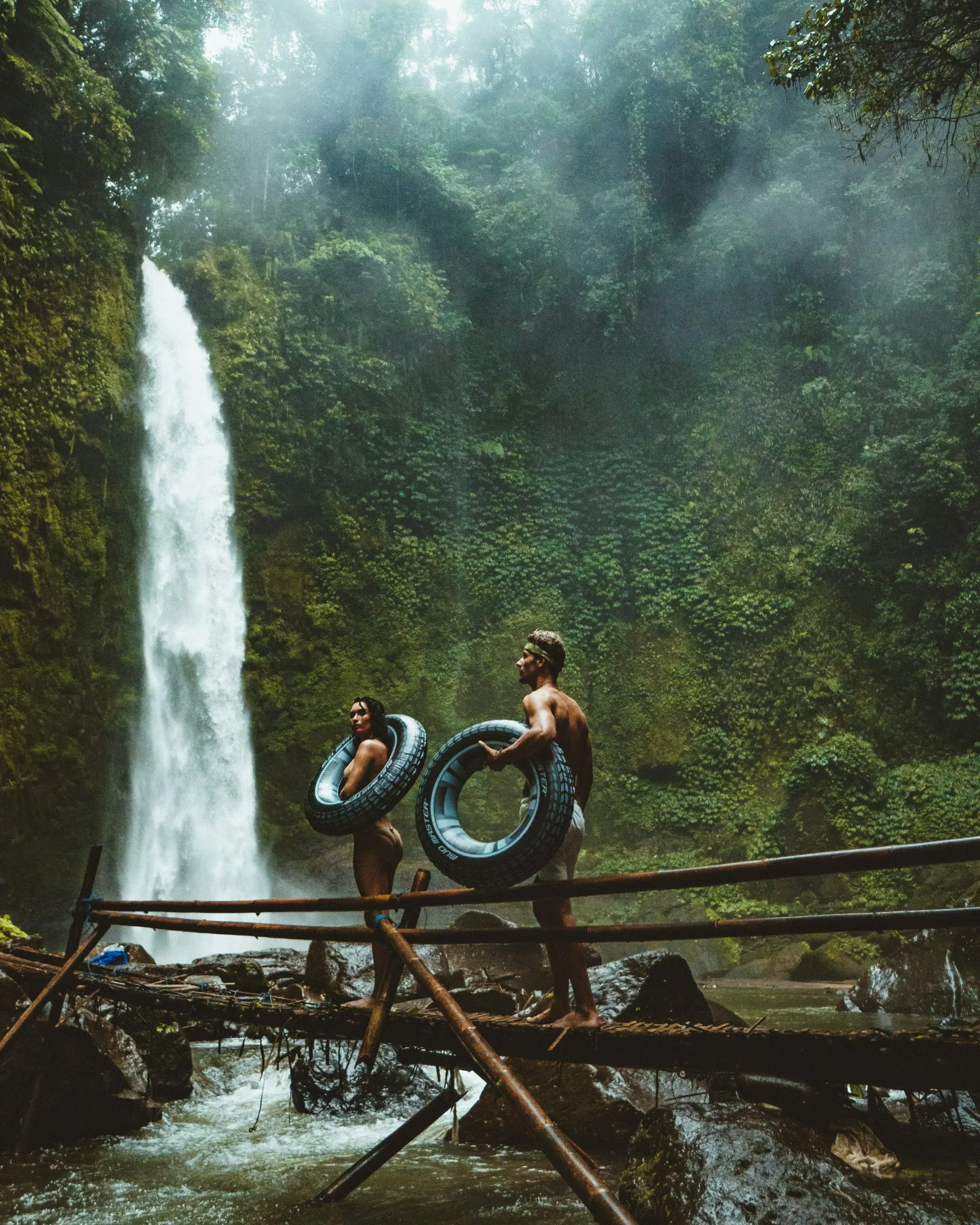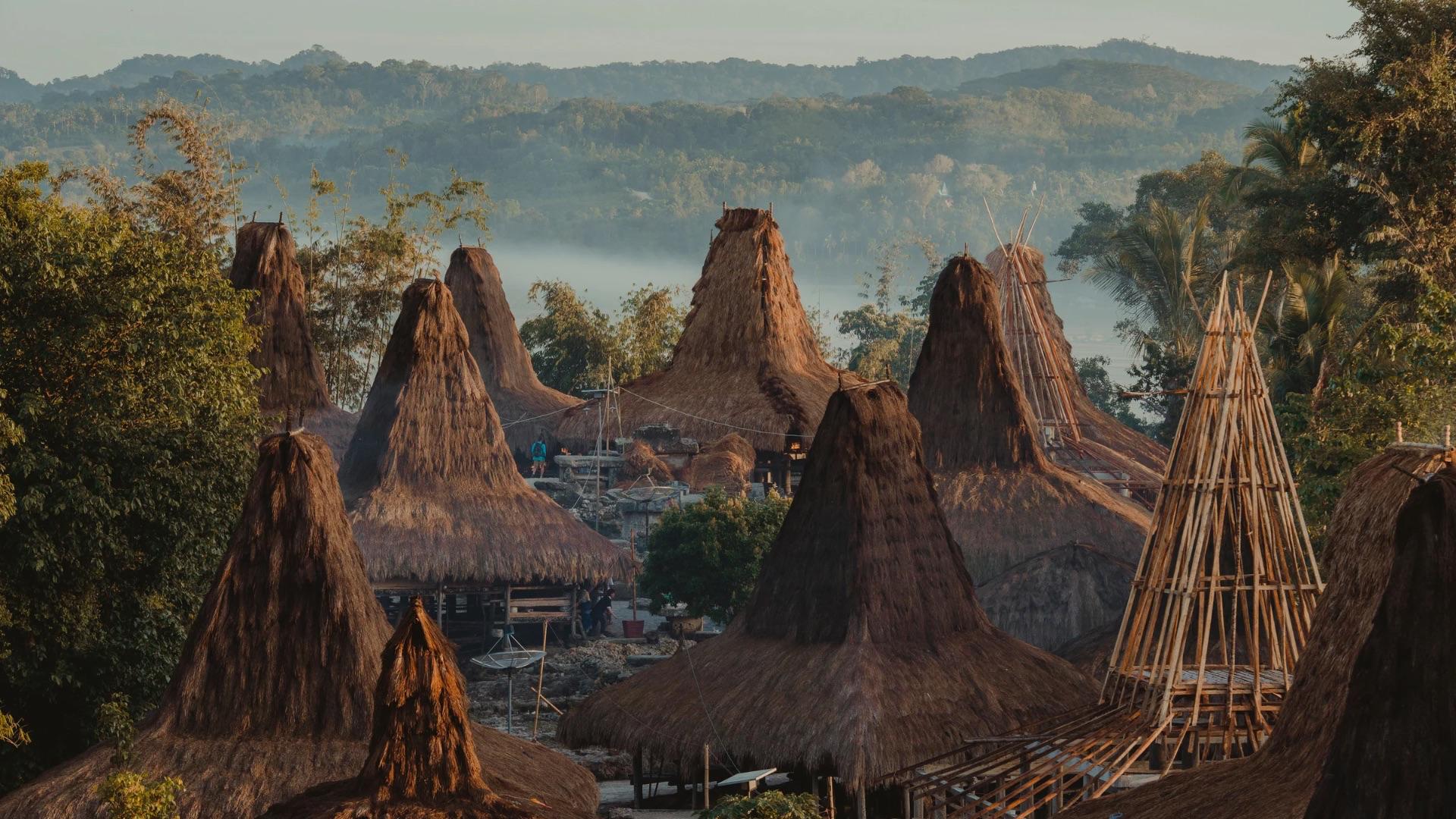
5 Day Sumba Photography Tour
To start, imagine capturing the golden savannahs of East Sumba at sunrise. You could photograph traditional Sumba houses with high roofs. Or, frame cascading waterfalls against lush greenery.
Sumba is often called Indonesia’s “hidden gem.” It’s a paradise for photographers. This is because Sumba offers authentic culture, raw landscapes, and intimate encounters with local life.
Our 5-Day Sumba Photography Tour is carefully designed for travel photographers and cultural explorers alike.
The itinerary covers everything. It includes breathtaking beaches and turquoise lagoons. You’ll also see centuries-old traditions and warm local hospitality.
This journey, therefore, promises unforgettable images and stories.
Why Choose Sumba for Photography?
Sumba offers a unique blend of landscapes, culture, and people
Diverse Landscapes
The island features rolling, savannah-like hills. Furthermore, these hills transition into a dramatic, rugged coastline. This striking blend, consequently, gives your photos rich texture and incredible light. As a result, it’s best for photography during the dry season.
Ancient Culture
Sumba is famed for its timeless Megalithic culture.
For example, you can capture stunning shots of traditional stone tombs. In addition, you’ll also see adat houses with high thatched roofs. And finally, photograph the intricate process of ikat weaving.
Authentic Encounters
The Sumbanese people, moreover, are known for their warm hospitality and vibrant ceremonies. Specifically, these include the Pasola ritual (if timed correctly).
Ultimately, this blend offers opportunities for powerful cultural portraits. Therefore, it’s also great for documentary photography beyond simple sightseeing.
Traditional villages with distinct architecture
You can capture the towering, thatched-roof uma adat houses. These houses often stand framed by megalithic tombs.
This stunning image, therefore, creates a powerful composition. It speaks, moreover, to the island’s ancient, preserved culture. Ultimately, this blend, as a result, provides a visual story that is unlike any other place.
Pristine waterfalls, beaches, and lagoons
The island’s natural water features are truly clean.
Photographers love the dramatic contrast. They see this difference between the dry savannah and the cool, turquoise pools.
Photo Subjects
You should capture the iconic tiered waterfalls. You can also photograph the white sands where they meet the clear ocean. Then, shoot the serene, hidden blue lakes.
This varied set of subjects creates amazing, high-contrast images.
Vibrant local life and age old tradition
The island is a vibrant canvas of local life and old tradition.
To start, capture the powerful contrast of ancient Megalithic burial sites. They stand right next to everyday activities.
Photo Opportunities
In addition, the Sumbanese people offer warm hospitality.
For example, you can photograph their elaborate ikat weaving and traditional ceremonies. These activities provide compelling subjects.
Consequently, these encounters are highly sought after. Therefore, they give you great chances for powerful portraits as well as documentary photography.
These encounters are highly sought after. They give you great chances for powerful portraits and documentary photography.
Golden light conditions perfect for photographe
The island’s climate is known for its golden light. This light is perfect for photography.
The Lighting Effect
Because Sumba is drier than Bali or Lombok, the air is very clear.
This clarity results in a long “golden hour.” This happens every morning and afternoon.
The light is perfect for two things: capturing the texture of the rolling hills, and getting great profiles of the traditional villages.
Tour Highlights
Cultural Encounters
Traditional Ceremonies
Witness vibrant rituals. These rituals, for instance, include the Pasola ritual (if scheduled) or local burial customs.
Even so, you must photograph them with respect. Ultimately, these ceremonies therefore show the island’s deep spiritual life.
Village Immersion
Next, explore remote adat villages. You will meet the Sumbanese people there.
Here, learn directly from artisans. They craft the famous ikat textiles. They also build unique stone tombs.
Daily Life
Next, engage with farmers and fishermen. Through this direct connection, consequently, you will observe and document the old traditions that shape daily life. In short, therefore, this experience ultimately offers a real human connection.
Stunning Landscapes
- Rolling Savannah Hills
Photograph the iconic rolling hills. In particular, the land turns golden when the afternoon sun hits it.
- Pristine Waterfalls and Lagoons
Discover hidden gems. This includes the Weekuri Lagoon and tiered waterfalls.
- Rugged Coastlines
Find amazing views where dry cliffs drop into turquoise water. This spot is perfect for sunset photos.
Local life
Age-Old Traditions
Witness the daily rhythm of life in adat villages. Here, consequently, ancient customs still shape the community structure and practice. Indeed, this harmony is central to their way of life.
Warm Hospitality
Engage directly with the Sumbanese people.
Photograph authentic portraits. You can also share stories. You’ll experience their great friendliness firsthand.
Daily Routines
Document farmers, fishermen, and artisans. They carry on traditional crafts (like ikat weaving). This happens in their everyday setting.
Itinerary 5 Days Sumba Photography Tour


Day 1: Arrival – Weekuri Lake – Mandorak Beach Sunset
Upon arrival at Tambolaka Airport, your local guide will greet you.
Afternoon Sightseeing
After the meeting and lunch, head first to Weekuri Lake. This location, in fact, is a crystal-clear saltwater lagoon. It is, therefore, perfect for scenic shots.
Following this, the next photograph Mandorak Beach. This site, moreover, is famous for its twin rock cliffs and golden sunsets.
Finally, you will then spend the night in Southwest Sumba.
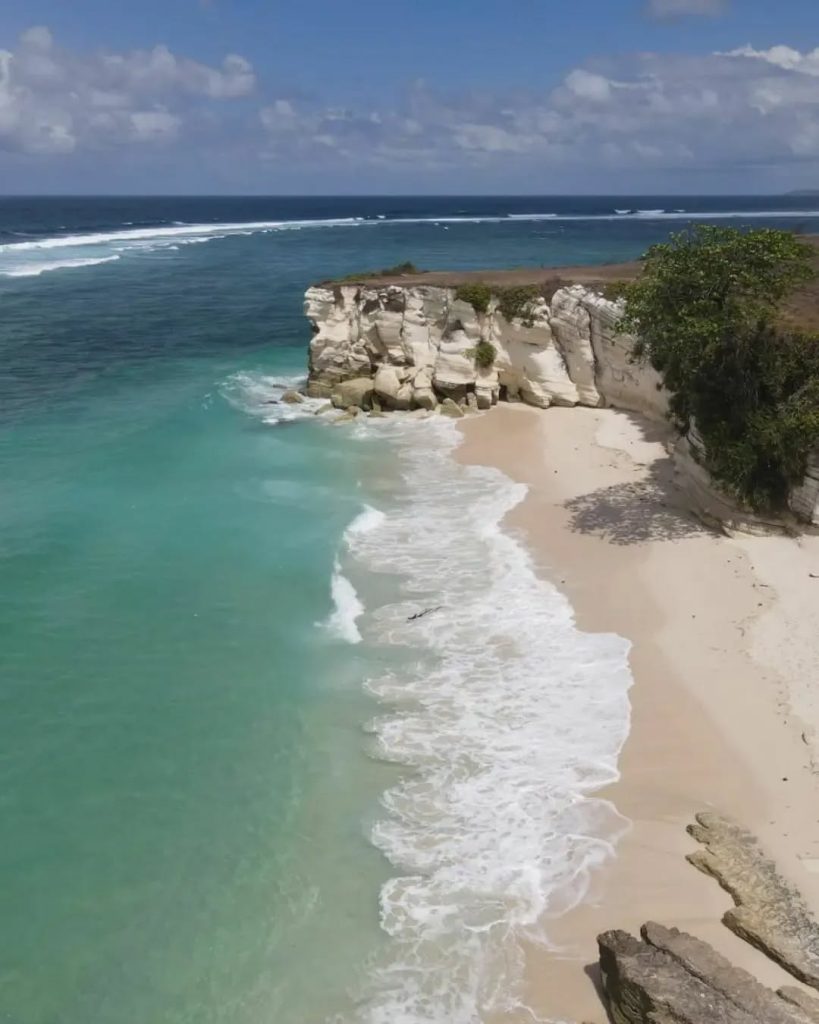
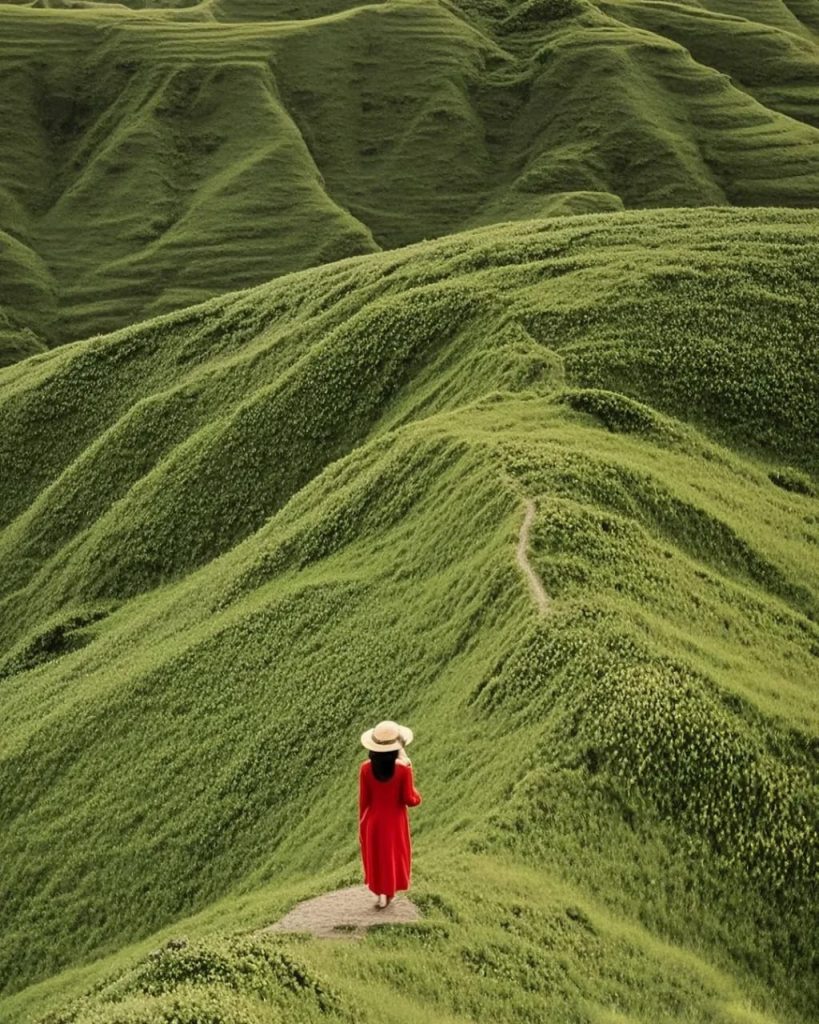
Day 2: Sunrise at Watumalandong – Ratenggaro Village – Waikelo Harbor Sunset
Start the day early at 3 AM. To do this, go to Watumalandong Beach. You will then photograph the sunrise there.
Morning Stops
After the shoot, stop at Ratenggaro Village on the way back. This village, in fact, has tall traditional houses. It also features megalithic tombs.
Next, rest and freshen up at your hotel. Following this rest, before dinner, head to Waikelo Harbor. You will then shoot the boats docked against a vibrant sunset there.
Meals included: Breakfast and Lunch.
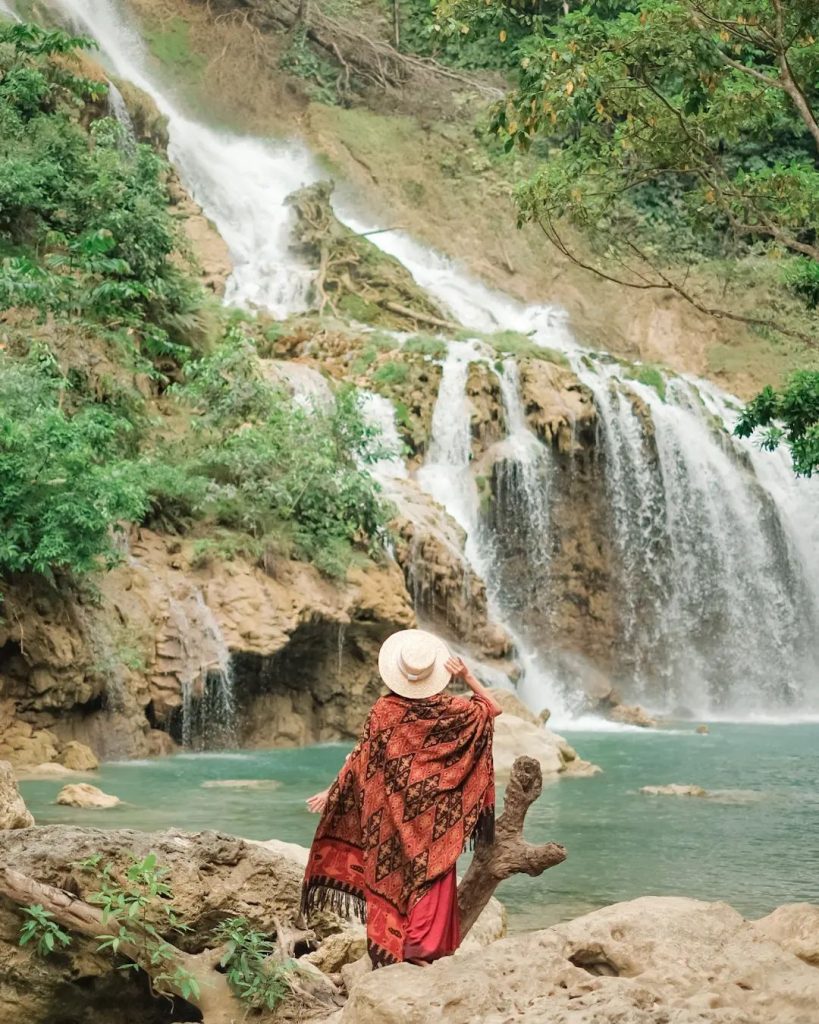
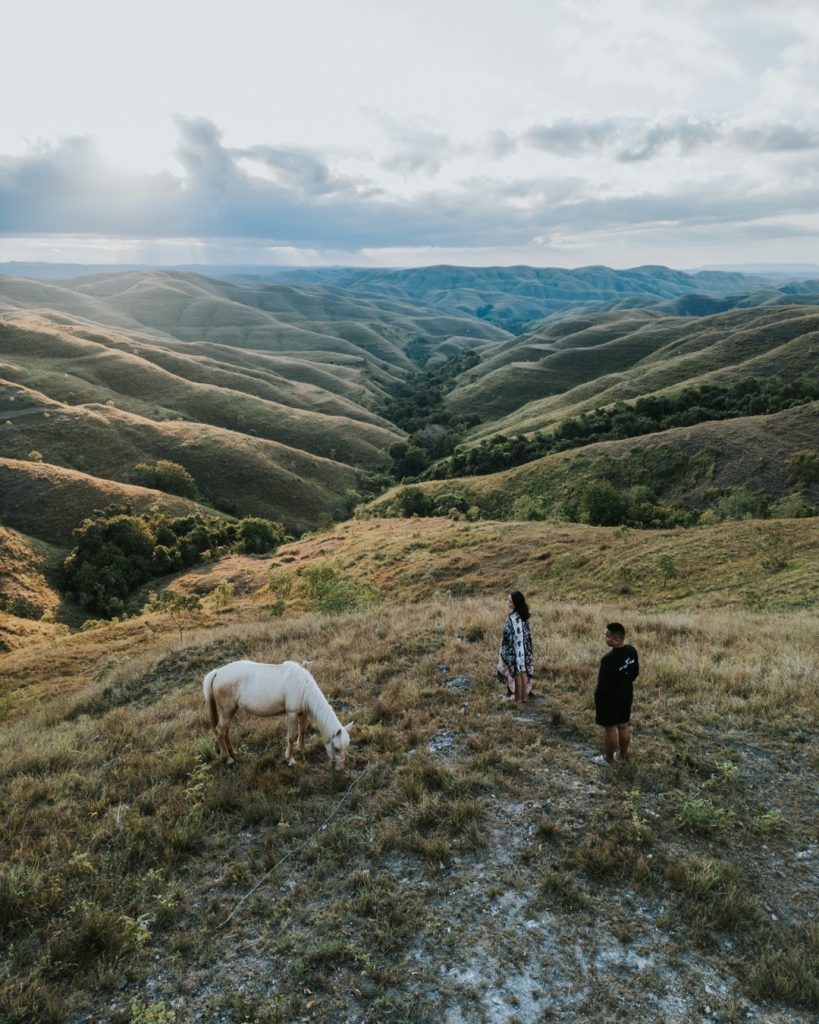
Day 3: Lapopu Waterfall – Praijing Village – Wairinding Hill Sunset
Start the day early! Depart at 4 AM for a hike to Lapopu Waterfall. You should do this because the spot is perfect for slow-shutter water photos.
Afternoon Stops
After the hike, visit Praijing Village. This village, in fact, sits in green hills. Because of this setting, you can capture traditional homes and local life here.
After lunch, however, travel to East Sumba. Subsequently, you will then photograph the wide grasslands of Wairinding Hill at sunset.
Meals included: Breakfast and Lunch.
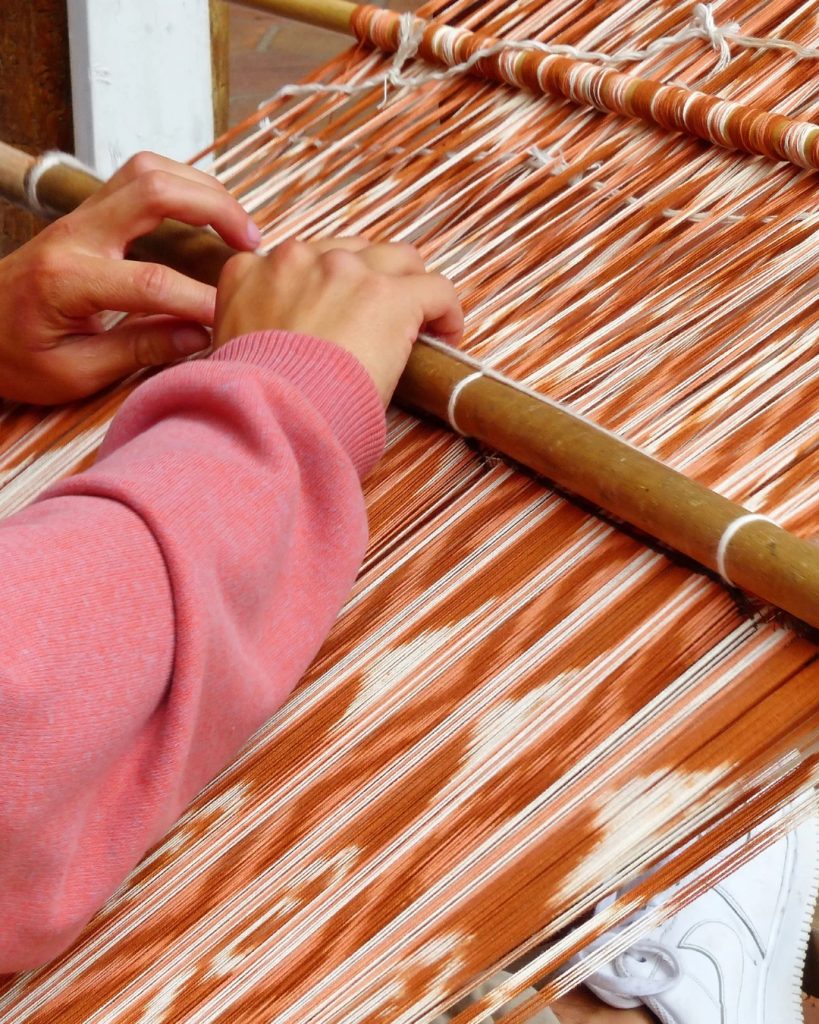
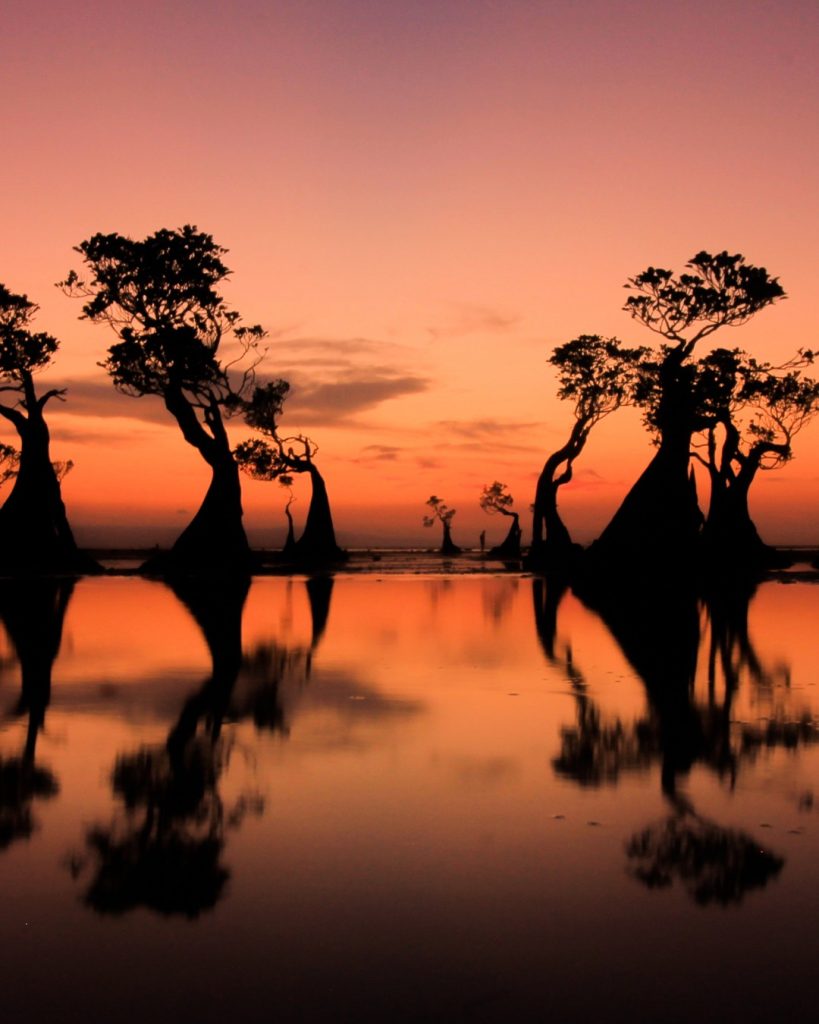
Day 4: Sunrise at Watuparunu – Ikat Culture in Prailiu – Sunset at Walakiri Beach
Start the day very early! Wake at 1 AM for a 3-hour drive. You will go to Watuparunu Beach. Photograph the dramatic sunrise there.
Morning Stops
After the shoot and breakfast, visit Prailiu Village. This village is a hub for ikat weaving and Sumbanese arts. It’s perfect for detailed shots and portraits.
Sunset
Finally, end the day at Walakiri Beach. It’s famous for its “dancing mangrove trees.” You’ll photograph them as dark shapes at sunset.
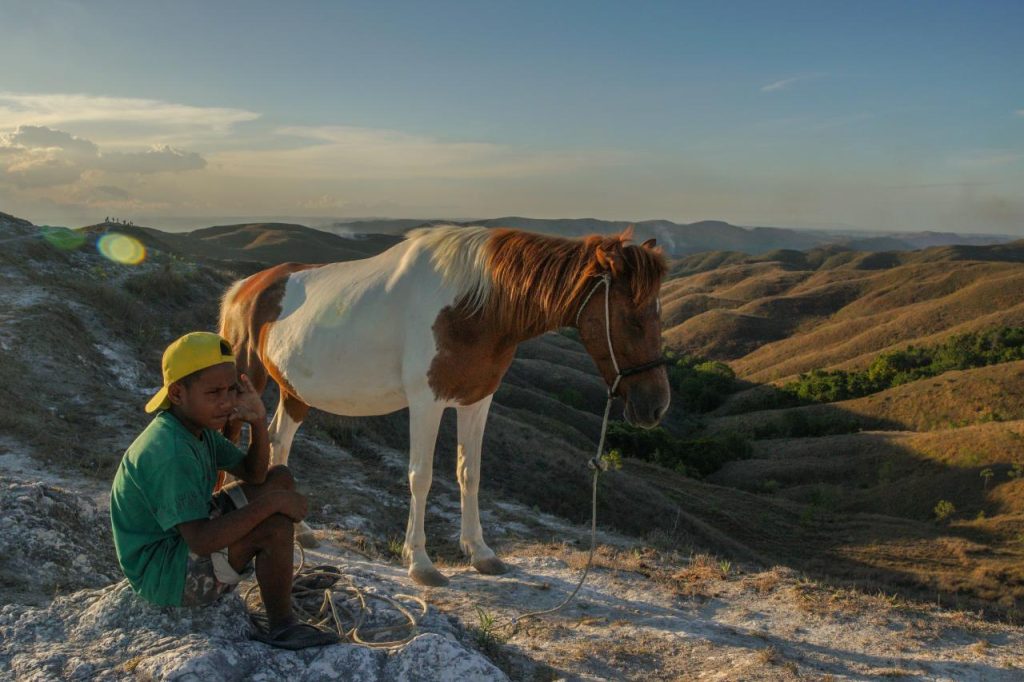
Day 5: Sunrise at Walakiri – Departure
To start your final morning, you have an optional early shoot. This shoot, in fact, is at Walakiri Beach. Therefore, it’s a second chance to capture the stunning sunrise.
Next, return to the hotel for breakfast and checkout.
Your driver will then take you to Waingapu Airport for your departure.
Tour Includes
Accommodation is covered for 4 nights. Specifically, you will stay in a boutique or eco-lodge.
Regarding meals, moreover, the package includes daily breakfast, lunch, and dinner. Rest assured that these are served as per the itinerary.
Transportation & Guiding
To start, a private, air-conditioned vehicle comes with a driver.
You’ll also get a professional, English-speaking guide.
If needed, an experienced photo leader offers photography guidance.
Fees & Logistics
All fees are included: entrance fees, permits, and local contributions.
Logistics include airport transfers (Tambolaka or Waingapu). They also cover mineral water during tours, plus porter and parking fees.
Tour Excludes
Airfare and Insurance
To start, the package doesn’t include domestic or international airfares. Likewise, the tour also doesn’t cover travel insurance.
Personal Costs
Regarding personal expenses, for example, these include laundry, phone calls, and souvenirs. Furthermore, other similar costs are entirely your responsibility.
Tips and Meals
Moreover, you should pay tips for the guide and driver separately. Similarly, the itinerary excludes any extra meals or drinks not listed in the program.
Final Exclusions
Finally, the package doesn’t cover optional activities or any stays that are beyond the program.
How to Get to Sumba by Flight
Sumba Island is easy to get to by flight from major Indonesian cities.
Travelers can fly from Bali (Denpasar) or Kupang (Timor). You can land at Tambolaka Airport (TMC) in West Sumba. You can also land at Waingapu Airport (WGP) in East Sumba.
Wings Air, NAM Air, and Citilink run daily domestic flights. This gives travelers easy connections. They can then seek Sumba’s adventure, clean beaches, and rich culture.
What to bring ?
For your Sumba Photography Tour, pack smart so you can make the most of every shot.
Camera Gear
To start, bring your camera with zoom and wide-angle lenses. You should also pack extra batteries and memory cards. Moreover, a sturdy tripod is needed for low-light and landscape photography.
Clothing and Essentials
Regarding clothing, pack comfortable, light clothing and trekking shoes. Furthermore, a hat, sunscreen, and a rain jacket are essential for exploring diverse terrains.
Finally, don’t forget a power bank, reusable water bottle, and dry bag in order to protect your gear. Therefore, you will be ready to capture Sumba’s culture, colors, and dramatic landscapes.
Testimonials
